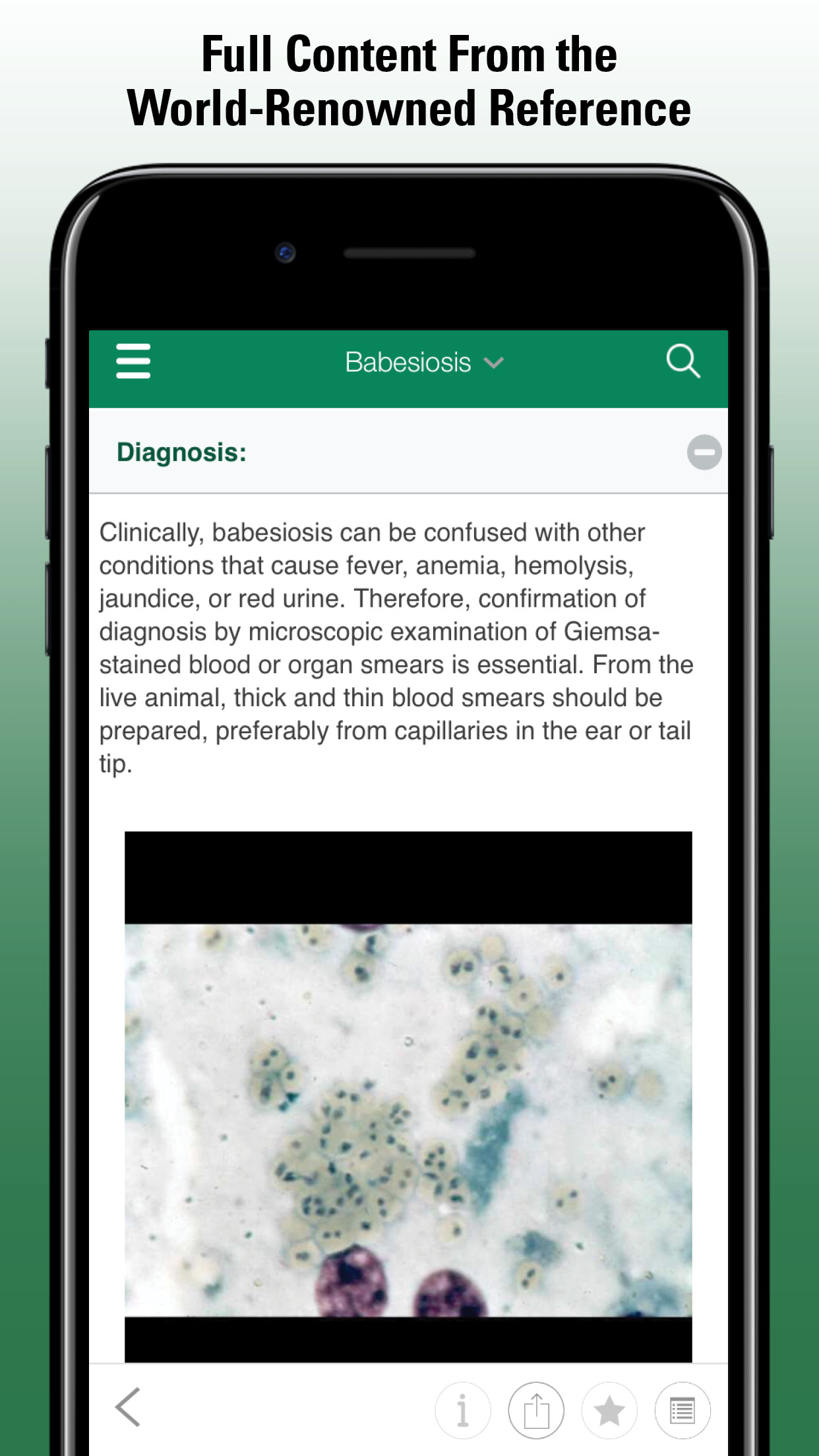Injuries and Accidents of Pet Birds
- Disorders and Diseases of Birds
- Introduction to Disorders and Diseases of Pet Birds
- Injuries and Accidents of Pet Birds
Pet birds have an innate desire to try to hide any illness or injury. In the wild, showing signs of illness increases the chance they will be attacked by other animals. Thus, any behavior that is out of the ordinary is a sign that your bird may be ill. In particular, if you notice limping, the inability to move the wings properly, any unusual discharge, any changes in droppings, or a general lack of physical activity, you should seek veterinary advice or care promptly. If your bird is huddled, lethargic, unresponsive, or lying on the bottom of the cage, you have an emergency. Alert your veterinarian and transport the bird immediately.
When a bird has a “bleeding” emergency, it is important to distinguish between obvious active bleeding (such as from the wing, beak, or foot) and blood on the cage or on the bird with no active bleeding. Continued bleeding requires immediate veterinary intervention, whereas bleeding that has stopped is best left undisturbed. However, even if bleeding has ceased, it is wise to take your bird in for an examination.
If your bird is in respiratory distress, your veterinarian will place the bird in an incubator with oxygen. Shock and infection are of concern in birds that have penetrating or extensive wounds.
Injuries should be treated with the goal of the bird’s survival first and treatment of the traumatized area second. For example, a bird that has been struggling for hours with its leg band caught—and that may possibly have a fractured bone—is in more danger of dying from stress related to the prolonged struggling than from the fracture.
Resources In This Article
- Disorders and Diseases of Birds
- Introduction to Disorders and Diseases of Pet Birds
- Injuries and Accidents of Pet Birds




